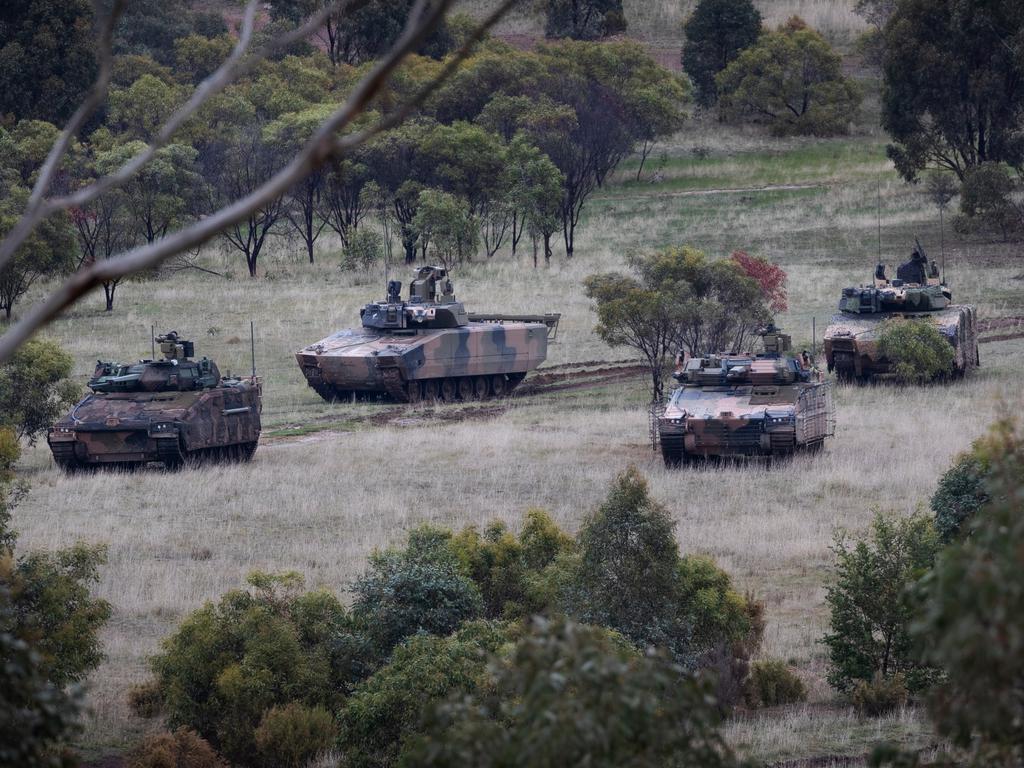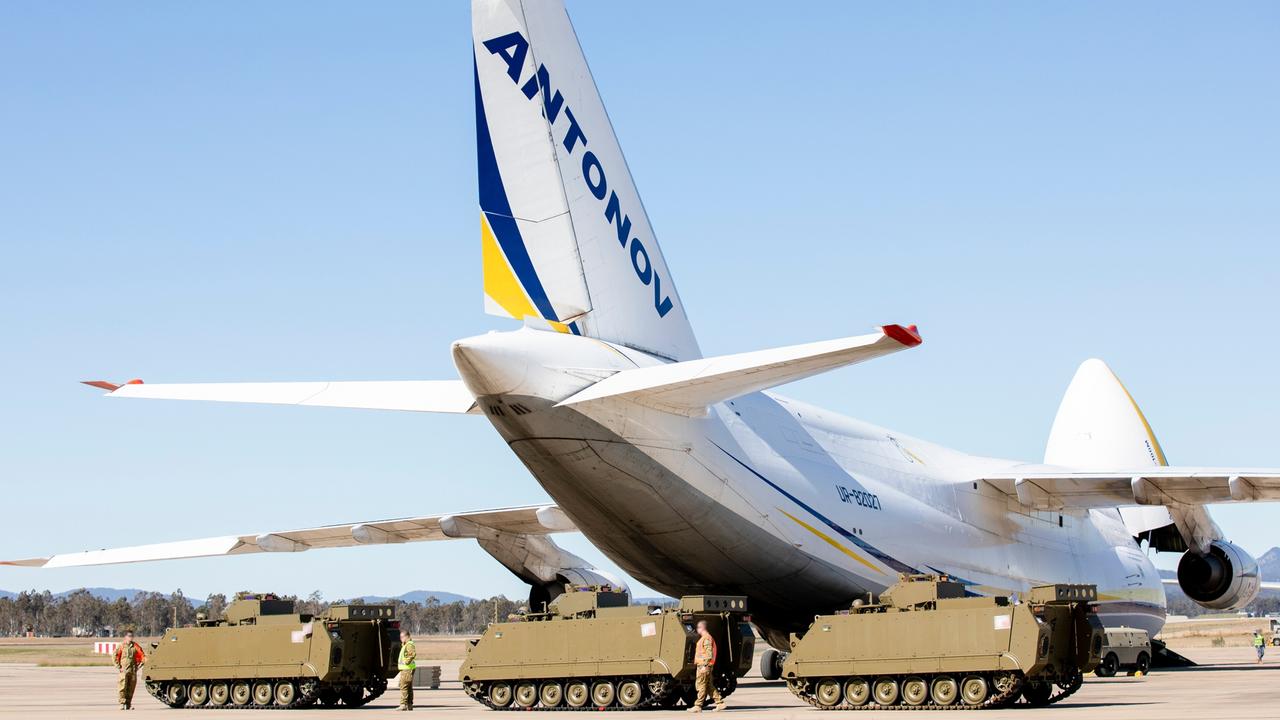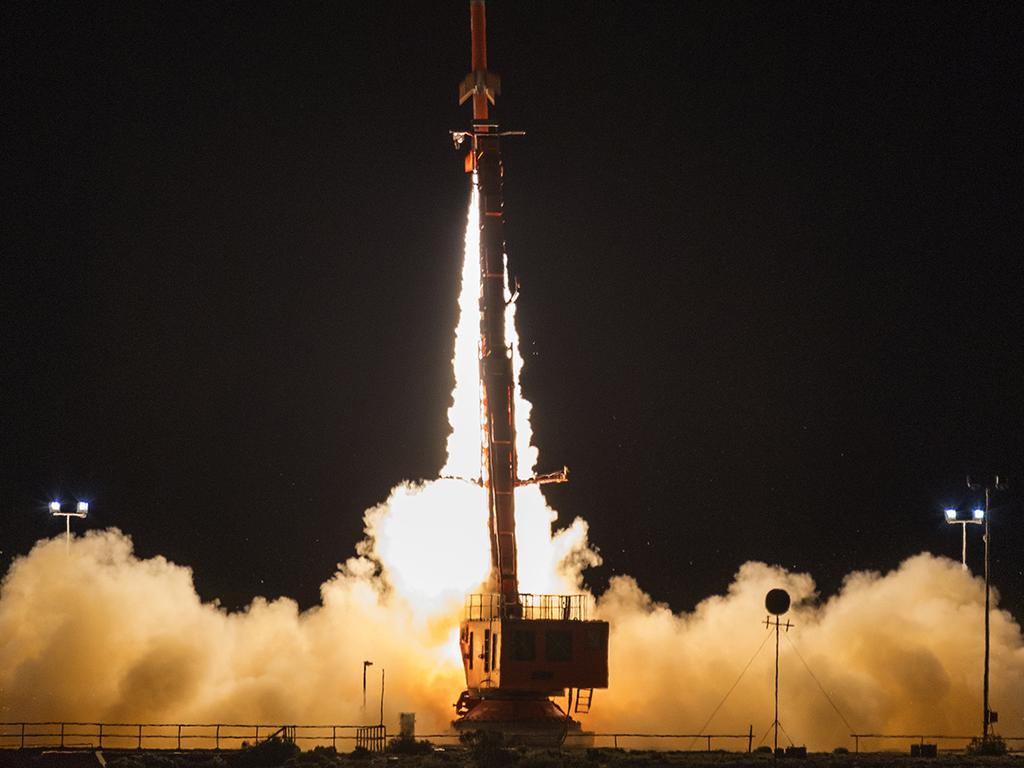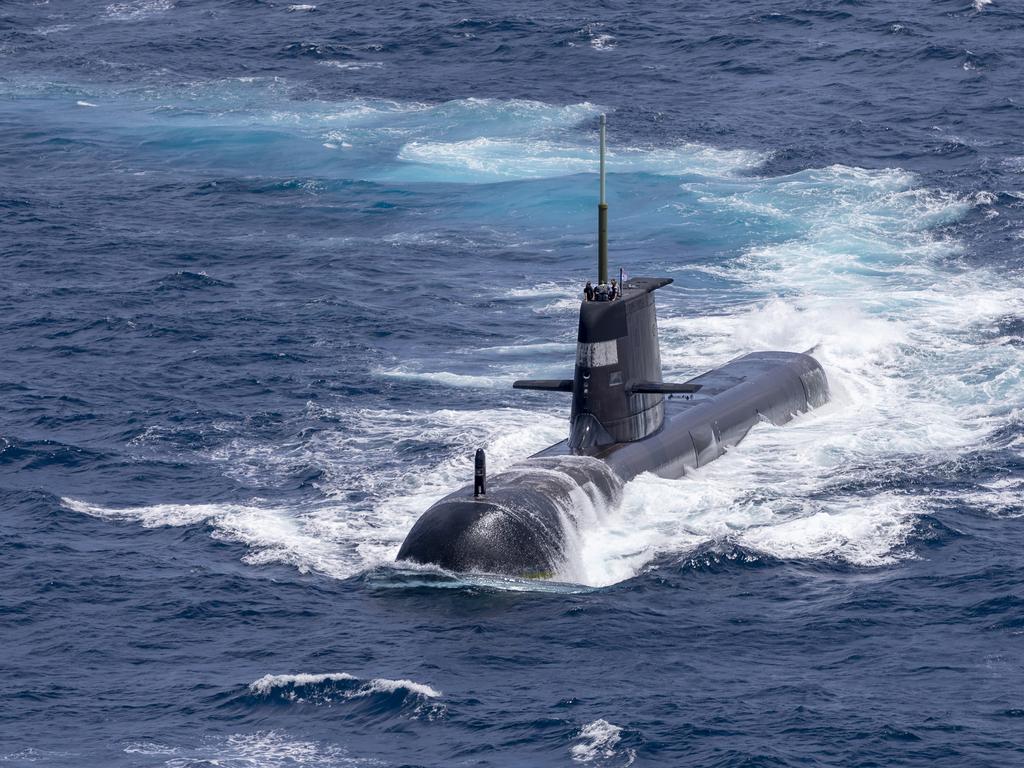Australian Army to get upgrade after lacks of hardware shows major national security weakness
Australia is urgently moving to muscle up its defence capabilities in the face of increased threats. See the video.

The Australian Army could get a new armoured vehicle to carry troops into conflict with the Albanese government expected to green light a multi-billion dollar purchase next year.
And it will be part made in Australia as our defence industries are told to told to produce more including drones and missiles, with the war in Ukraine highlighting how quickly stockpiles can deplete.
A lack of homegrown hardware, in the event conflict cuts our trade routes, has been identified as a national security weakness with greater self reliance urgently needed.
The contract for a new advanced armoured IFV worth up to $27 billion was suspended earlier this year as the Prime Minister Anthony Albanese ordered the Defence Strategic Review (DSR) into Australia’s future national security needs.

Security analysts had predicted the costly option – for either the German Rheinmetall or South Korea designed Hanwha contenders for the IFV capability – would be dumped in favour of more pressing defence needs such as missile defence systems and the US/UK nuclear-powered submarines.
But it is understood the Army will be cleared to acquire the IFV, to replace the ageing M113 vehicles although in considerably less numbers, understood to be about half the flagged 450 vehicles the suspended contract initially called for.
Those familiar with DSR discussions said a land-based deployable strike capability was seen as important particularly if required to be deployed into the Pacific region.
DSR consultations have included intensive discussions with the US Indo-Pacific Command in Hawaii and Washington DC.

The move would be a potential workforce boon particularly for NSW and Queensland.
“We need to make sure we have an Army that is highly capable and that is able to act with potency and so it’s having appropriate armour in that context is obviously going to be important,” one senior Defence official said. “Having that capability and potency and you talk to anyone who is an expert in this field and very quickly they will point out the role of armour and its significance.”
News Corp Australia understands while the high-level DSR conversations has noted a critical need for “impactful projection” – the concept of holding an adversary at a great distance far from our shores – it has also flagged the woeful level of munitions Australia has.
The critical need for self-reliance has been flagged not least of all with the Russian war on Ukraine highlighting the speed at which high-end warfighting depletes ammunition and fuel stockpiles.

The risk of supply lines being cut through a trade or other conflict with China with Australia or US allies, specifically through the South China Sea, has also been acknowledged.
Last month Defence Minister Richard Marles received an interim DSR report and noted impactful projection from a strengthened lethal, resilient and “matchfit” ADF.
“Australia is no longer blessed with a benign strategic environment, business-as-usual just won’t cut it. What we need is a national effort from us all to ensure Australia’s defence matches a tougher world, so that it can underpin our security and prosperity into the future as much as it has done during our past.”
More than 150 submissions were received by the DSR, a final report is expected at the end of February.
AUSTRALIAN DEFENCE STRATEGIC REVIEW (DSR)
HYPER
The US, UK and Australia to co-operate on the development of hypersonic and counter hypersonic weapons. The tech can fly at five times the speed of sound; China’s more advanced program has already seen it defy the law of physics by flying a manoeuverable hypersonic weapon around the Earth in space, boosted by a rocket. Australia to also have greater access to US AI and Quantum technologies, cyber and counter cyber hack capabilities and space domain.

AIR
Boeing Australia’s unmanned MQ-28A Ghost Bat stealth long range, strike aircraft is seen as the future of autonomous AI defence for the country. More than 35 Australian companies have contributed to the “loyal wingman” Ghost Bat program, in what is the first Aussie designed, engineered and manufactured project in 50 years. The aircraft is now being evaluated for use by the USAF. The Northrop Grumman B-21 Raider long range stealth strike bomber currently in production for the USAF reviewed but ruled out any imminent purchase order. The RAAF currently has 50 advanced multi-role F-35 fighters with the fleet to grow to 72 but DSR consideration for 100.
SHIPS
The $45 billion Hunter class frigate program for nine ships will progress with the asset’s warfare role to be redefined, taking on a “mother ship” role in support of other Navy assets. This could include the German small and fast missile-firing capable corvette warship, particularly amid concerns over the lack of strike power of the current Arafura-class Offshore Patrol Vessels (OPVs). Spanish ship building giant Navantia has also made a DSR submission for three destroyers which is being reviewed.

SUBMARINES
The RAN will acquire nuclear-powered submarines under the AUKUS pact but that could take 20 years. The ageing conventional Collins class submarines are being upgraded but a capability gap exists. Consideration of a Swedish SAAB-Kockums “son of Collins” variant of the A26 class. Also potential to acquire USN Los Angeles class submarines, progressively being retired but usable until the modern Virginia class subs are available. Undersea drones acquisition be accelerated, sovereign manufacture program further developed.
MISSILES
Defence to spend $3.5 billion to accelerate upgrading missile stockpile and significantly expand the manufacture of missiles including increase factory infrastructure at the government owned munitions factories at Benalla (Victoria) and Mulwala (NSW). US primes Raytheon and Lockheed Martin to accelerate plans for guided missiles manufacture. Consideration for base missile defence systems.




